Just outside Berlin, I stumbled upon Potsdam—a city crammed with palaces, parks, and peaceful lakes. Potsdam’s historic gems, like Sanssouci Palace, the Neues Palais, and those sprawling gardens, really make it stand out among Germany’s UNESCO World Heritage Sites. Wandering between these spots, I honestly felt like I’d stepped straight into a storybook.
My day kicked off with a stroll through Sanssouci, once the summer escape of Prussian kings. I wandered on to the grand New Palace at the far edge of the park.
Each palace has its own personality and story, wrapped in green landscapes and wide, inviting pathways. It’s the kind of place that makes you want to keep exploring, just to see what’s around the next corner.
If you’re after a fairytale vibe that’s both relaxing and a little bit over-the-top, Potsdam is tough to top. These palaces and parks aren’t just photogenic—they pulse with real history and atmosphere, and you can soak it all up in just one day.

Sanssouci: The Crown Jewel of Potsdam
Sanssouci Palace grabs attention with its past as Frederick the Great’s summer hideaway, its quirky Rococo architecture, and gardens that feel almost too perfect. I found the art collections, cultural events, and museum nooks just as captivating as the palace’s history.
History of Sanssouci Palace
Frederick the Great named Sanssouci Palace “Without Worry” to capture his dream of a retreat away from royal headaches. In 1745, he set construction in motion, picking a vineyard-topped hill near Potsdam for his summer home.
His friend, Georg Wenzeslaus von Knobelsdorff, designed the palace. Frederick—people often called him Old Fritz—wanted a space for art, music, and peace, far from Berlin’s stiff court life.
The palace earned a reputation as the Prussian Versailles, thanks to its lavish style and position among parks and lakes. Even after Frederick’s time, it stood as a symbol of Prussian royalty.
Since 1990, it’s been protected as part of the UNESCO World Heritage Palaces and Parks of Potsdam and Berlin. That’s helped keep its story alive for new generations.
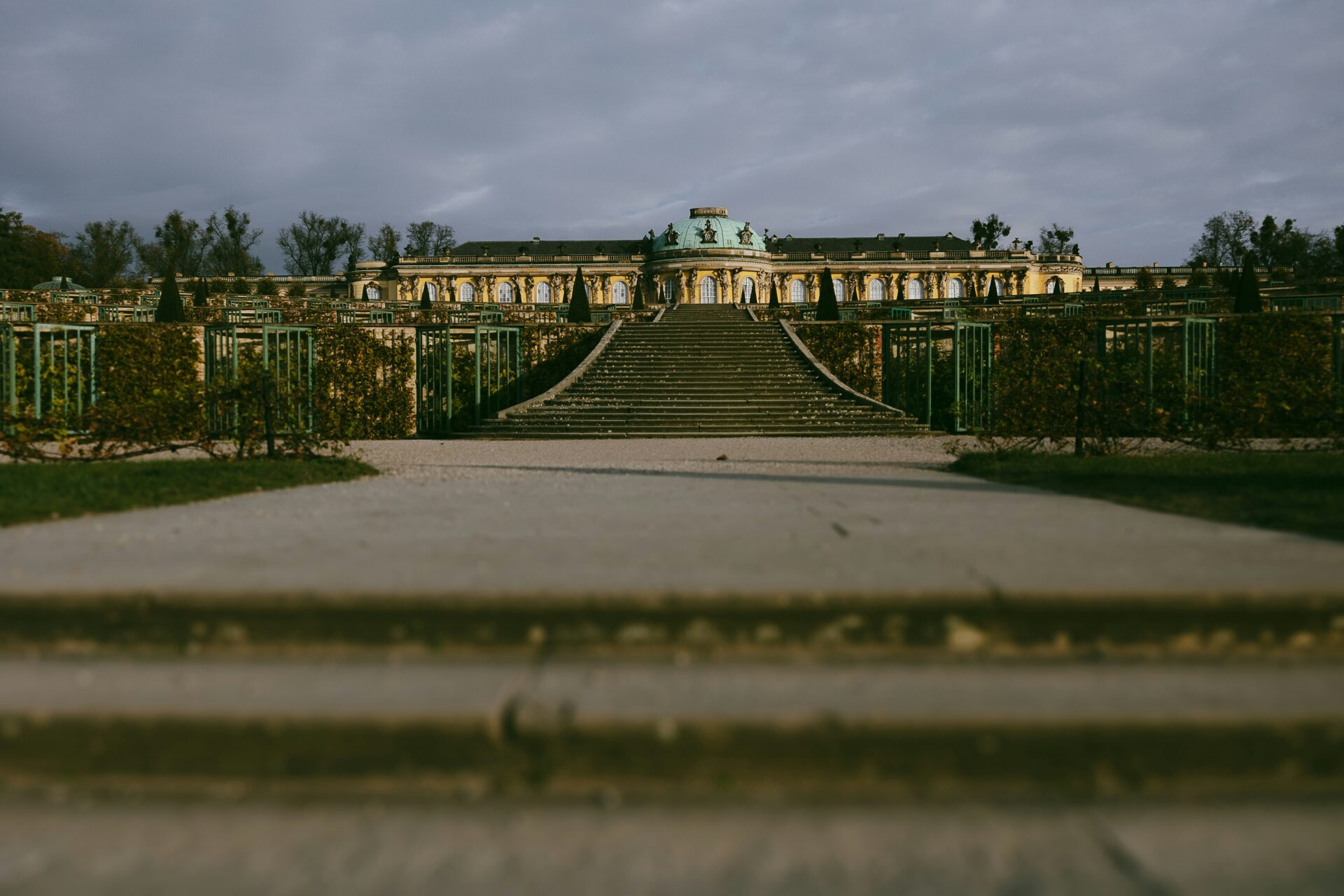
Architectural Marvels & Interiors
Sanssouci is classic Rococo, but with a twist. The palace is long and low, curving gently along the hill’s terrace. Its bright yellow front pops against green gardens, with a dome and details inspired by nature.
Inside, I wandered through rooms that felt both grand and surprisingly personal. The Marble Hall at the center is jaw-dropping, with marble pillars, gold accents, and a domed ceiling painted like a dreamy sky.
Frederick’s bedroom surprised me—it’s pretty simple, considering the palace’s flair. Guest rooms show off original 18th-century furniture and delicate plasterwork, all in true Rococo fashion.
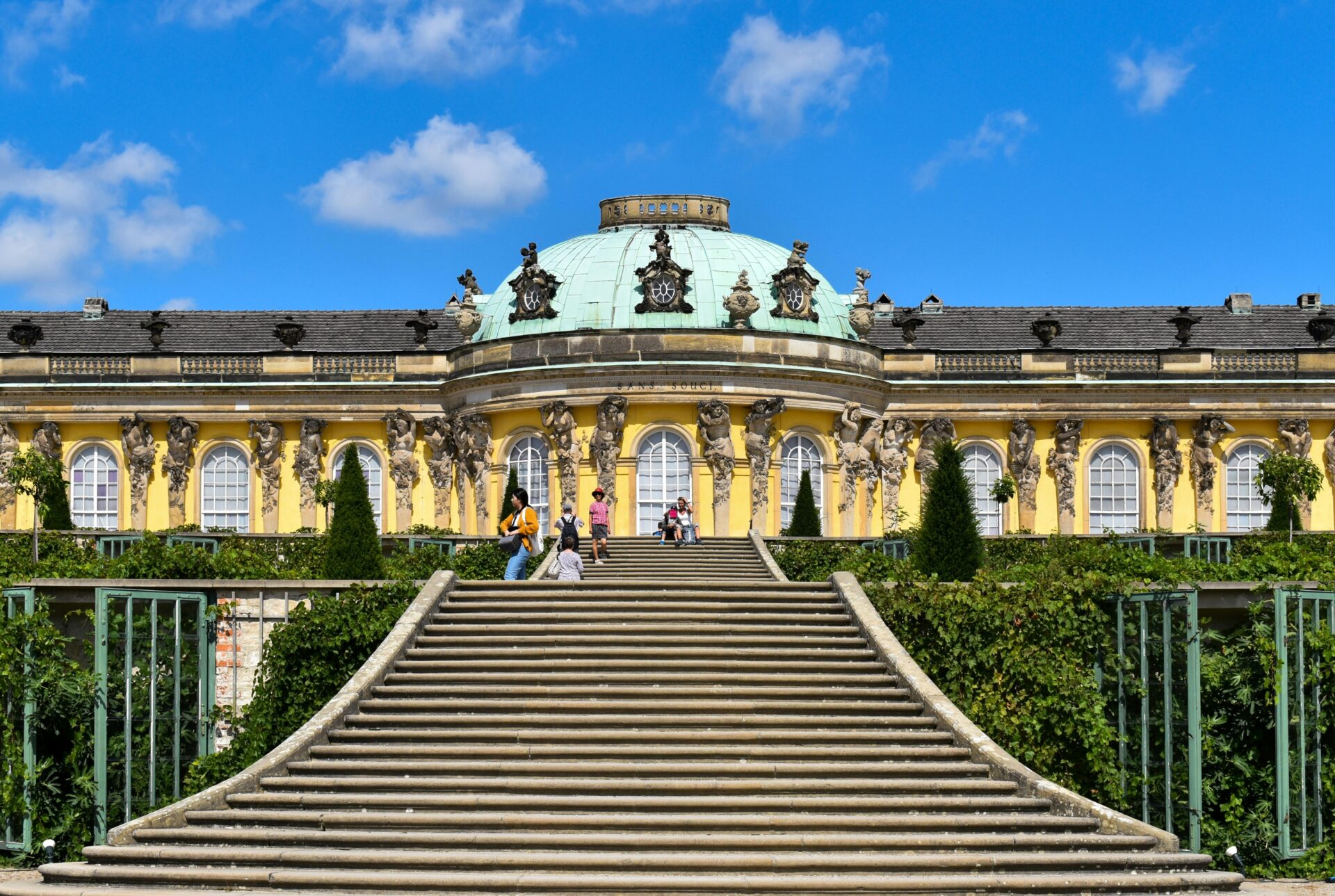
The Palace Garden & Parkland
Sanssouci Park stretches over 700 acres, packed with lawns, stepped vineyards, and fountains. The gardens, designed in a French style, spill out with walkways, statues, and bursts of flowers leading right up to the palace.
I loved strolling past the neat patterns, the big central fountain, and rows of hedges that tie together different palaces and pavilions. Little temples, the Chinese House, and even a windmill pop up here and there, keeping things interesting.
The park often hosts outdoor events and festivals. I watched groups gather for concerts and open-air shows, taking in views that have barely changed since Frederick II’s day.

Art & Culture at Sanssouci
Art fans have plenty to see inside Sanssouci Park. The Bildergalerie, or Picture Gallery, sits close to the palace and displays European masterpieces, including works by Pesne and other artists Frederick collected.
The palace itself hosts concerts, seasonal happenings, and guided tours. Many rooms still hold original artwork, porcelain, books, and musical instruments—clear signs of the king’s passions.
These days, Sanssouci still buzzes with art, music, and history. As a UNESCO site, it attracts visitors from all over, eager to experience its cultural riches.

Discovering Neues Palais & The Prussian Grandeur
Neues Palais rises at the western edge of Sanssouci Park, flaunting Prussian might, Baroque style, and some serious royal luxury. Walking through its enormous halls and ornate rooms, I felt the lingering presence of Frederick the Great and the storied Hohenzollern dynasty.
History and Construction of Neues Palais
Frederick the Great ordered Neues Palais built between 1763 and 1769, right after the Seven Years’ War. He wanted to show off Prussia’s power, picking the Baroque style for extra drama.
He placed the palace at the far end of the park’s main avenue to balance out the more private Sanssouci Palace. Neues Palais packs in about 200 rooms, with marble columns and a huge dome rising above Brandenburg’s landscape.
Over time, rulers like William II used and expanded the palace for royal events. Now, the Museums and Palaces of Berlin and Brandenburg (SPSG) manage it, and its legacy helped Sanssouci Park land UNESCO World Heritage status.
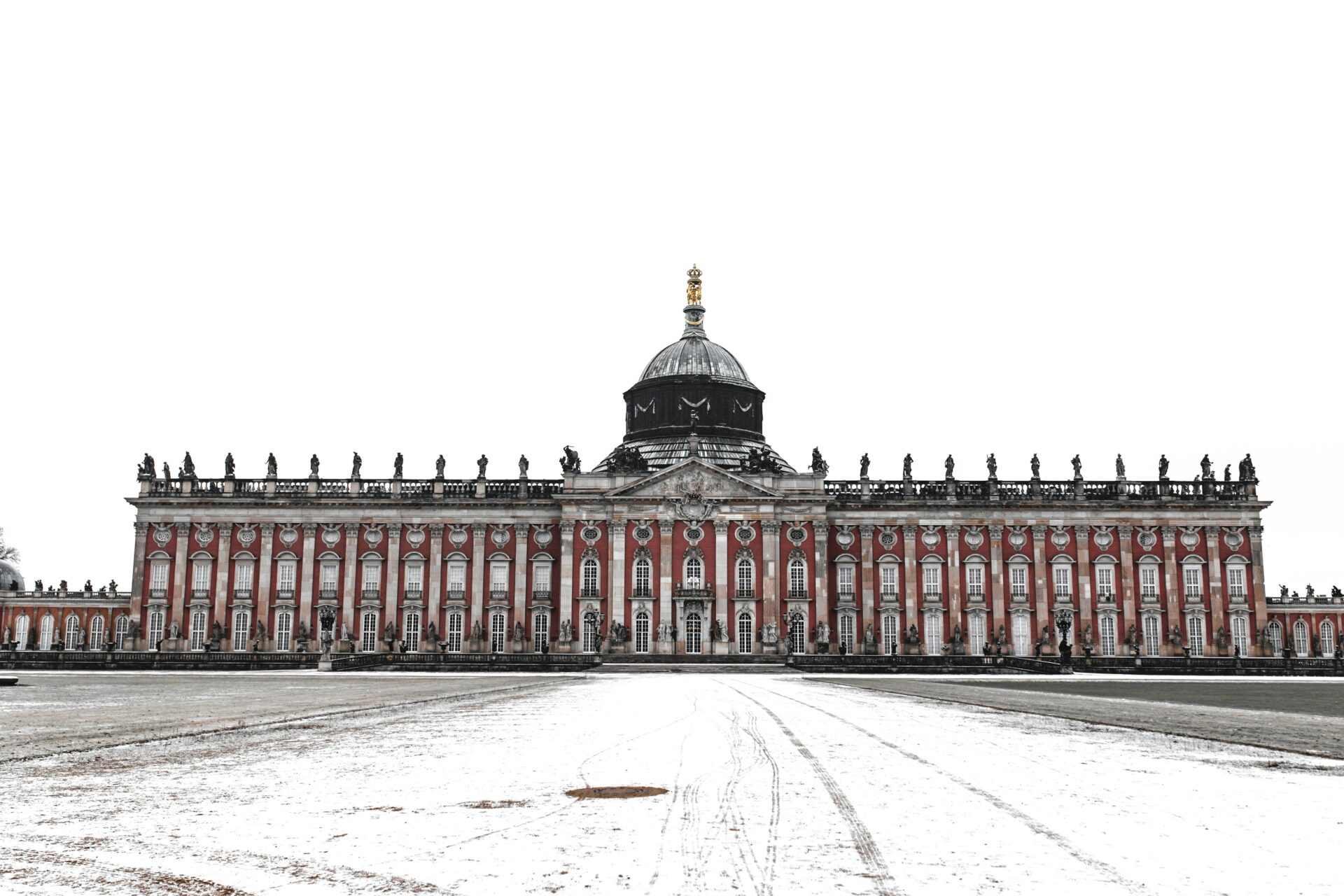
Opulent Halls & Guest Rooms
Inside, I found spaces designed to impress. The Marble Hall, with its soaring ceiling and rows of columns, formed the heart of royal gatherings. Marble, stucco, and gold touches make the room unforgettable.
Galleries and salons show off fine details, classical art, and a flair for noble taste. The Banquet Hall, once used for lavish state dinners, still radiates grandeur.
The Guest Rooms and suites really caught my eye. These spaces, designed for visiting royals and dignitaries, are decked out with ornate furniture and rich tapestries. Across the avenue, the New Chambers (Neue Kammern) add even more guest suites.

Events & Exhibitions
Neues Palais isn’t just a relic—it’s alive with special exhibitions, concerts, and cultural events. Museum tours dig into the palace’s Baroque art, daily royal life, and the Prussian monarchy’s place in European history.
The Marble Hall and other main rooms often host classical music performances, letting guests experience the palace much as it was meant to be—full of music and lively crowds. Modern exhibits dive into the art collection, architecture, and the evolving identity of the Hohenzollern palaces.
All year, the palace draws visitors from across the globe, offering both a window into history and a living space for art and community.

Exploring Sanssouci Park: Palaces, Gardens & Marvels
From the Orangery’s grand terraces to the Peace Church crypt and hidden garden corners, Sanssouci Park has a wild mix of architecture and historic green spaces. Every step revealed a new side of Prussian Arcadia’s UNESCO landscape and pulled me deeper into its rich past.
The Orangery and Exotic Architecture
The Orangery Palace quickly became one of my favorites. Long and elegant, it hugs the park’s edge, blending Italian Renaissance style with Prussian touches. Those twin towers rising above palms and citrus trees in summer—unforgettable.
Inside, the Orangery sheltered delicate plants in winter and doubled as guest quarters for royals. The pale stone and tall loggias echo Rome’s Villa Medici. At the far end, I found the Italian Gardens—neat hedges, fountains, and bursts of color everywhere.
I didn’t skip the famous Chinese Tea House either. This sparkling little pavilion shows off Rococo at its most playful, complete with golden and porcelain figures. Every corner of the park seemed to offer something unexpected—Turkish tent rooms, mock ruins, you name it.
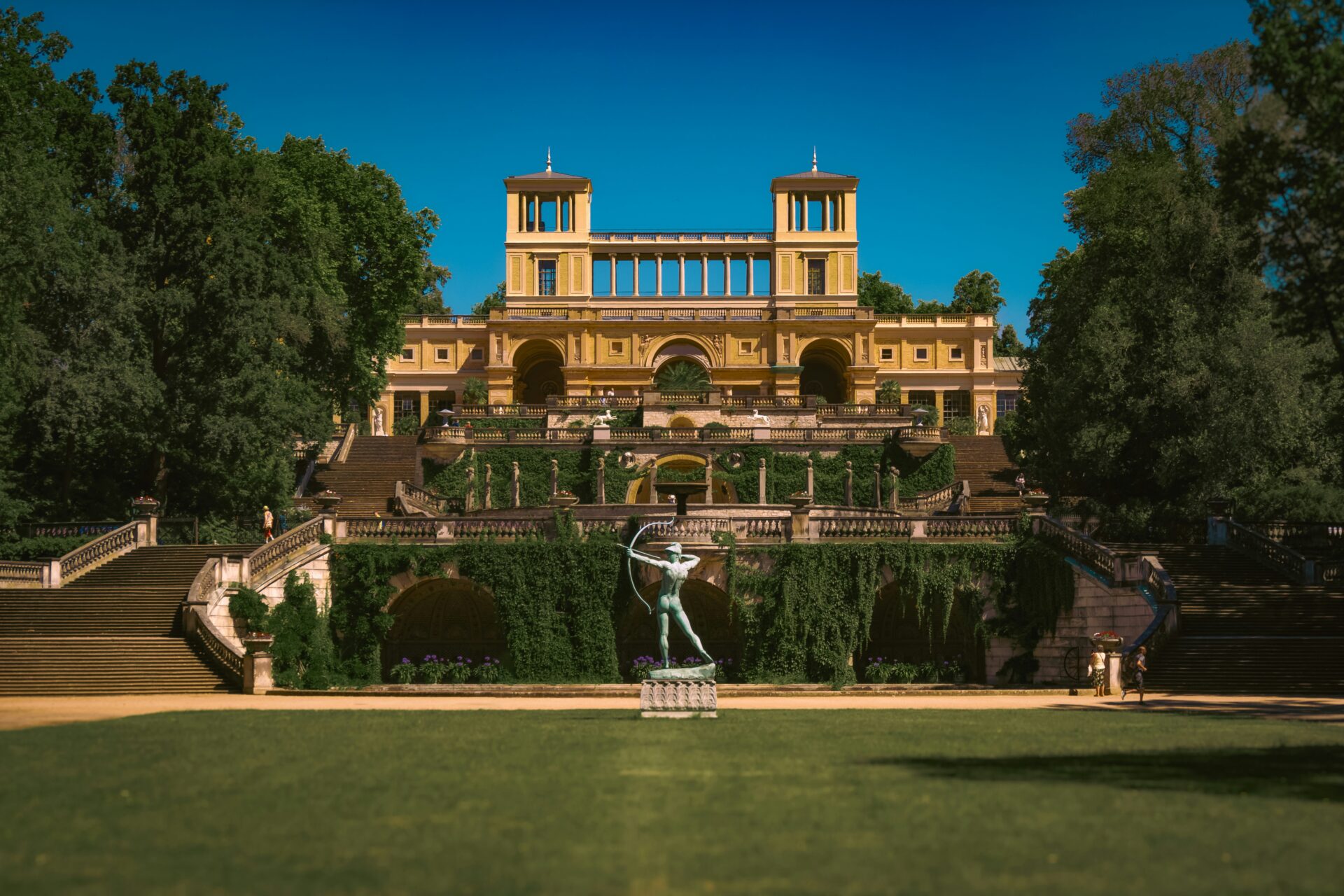
Notable Monuments & Crypts
The Peace Church stood out for its quiet simplicity beside a calm pond. Walking in, I discovered the royal crypt, where King Frederick William IV and other Prussian royals rest.
The space felt peaceful, a sharp contrast to the showy palaces above. Statues and obelisks dot the gardens, each with its own story from Potsdam’s royal past.
Plaques mark moments in Prussian history, and sculptures of Greek gods and heroes line the paths, blending art and memory under the open sky.
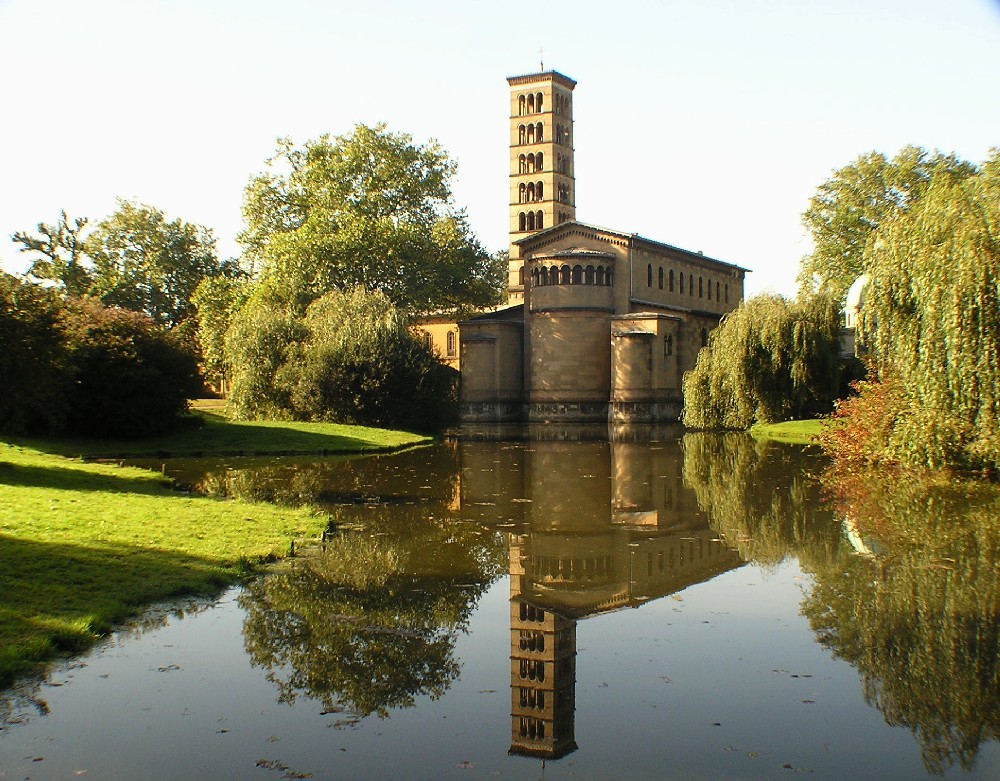
Picturesque Walks & Hidden Gems
Walking the park’s winding lanes felt like flipping through a living travel guide. Some paths are shaded by old linden and chestnut trees, with benches perfect for a break.
Smaller gardens, arbors, and quiet lawns pop up all over. On one walk, I stumbled on a sunken garden packed with roses and rare plants.
Another surprise was the Belvedere on Klausberg, a round hilltop building offering sweeping views across the UNESCO site. Ponds dotted with lilies mirror the palaces and pavilions nearby.
There’s always something new around the bend—a hidden statue, a distant glimpse of Neues Palais, or a forgotten nook in the sprawling gardens. It all feels carefully designed to show off the best of Prussian Arcadia.
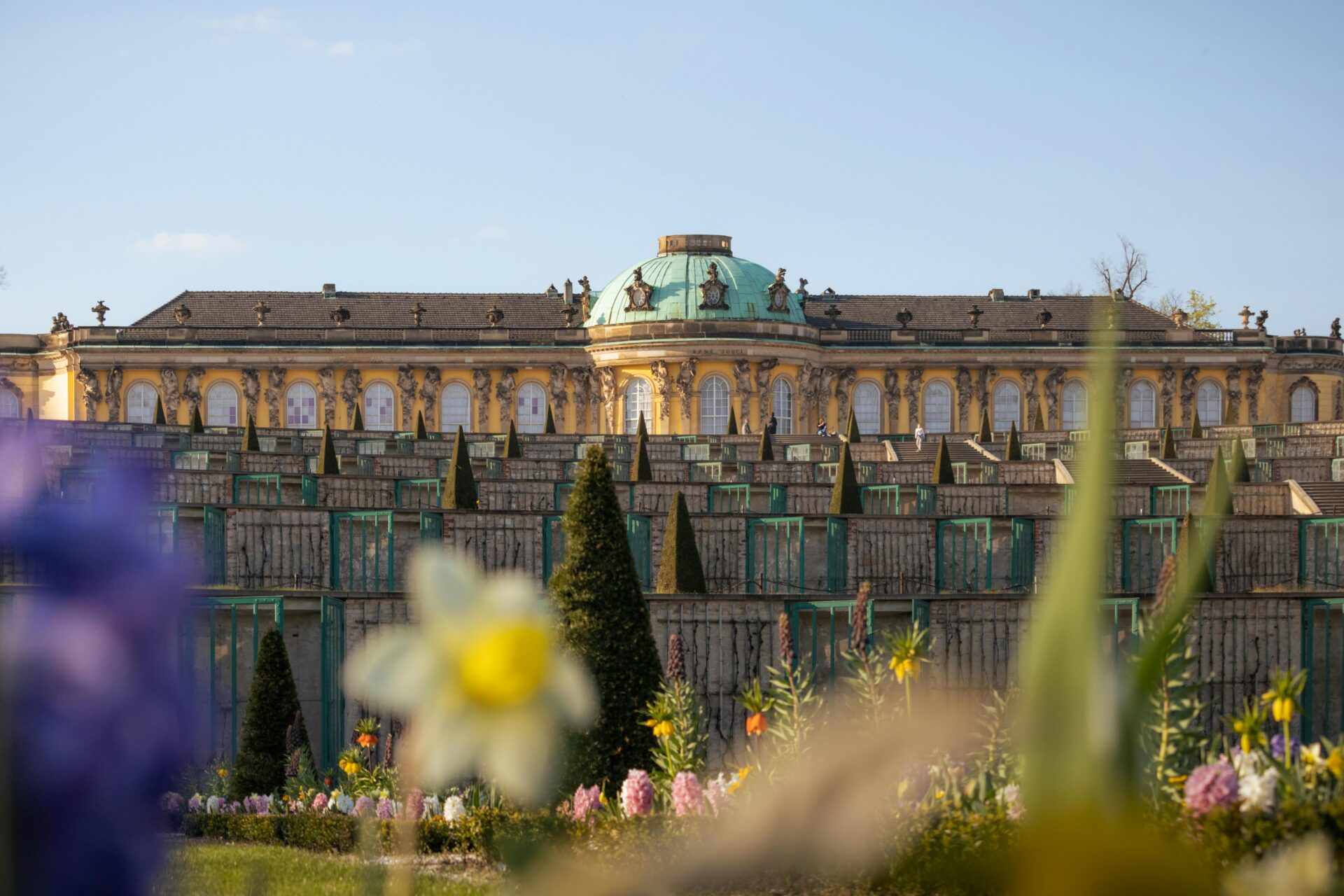
Visitor Experience: Planning Your Fairytale Day
Exploring Potsdam’s palaces and parks is a breeze once you get the hang of tickets, transport, and tour options. A bit of planning helps you fit in the UNESCO sights and pick the experiences that suit your style.
Tickets, Tours & Guided Experiences
To get into Sanssouci Palace and Neues Palais, you’ll need tickets—usually for a set time slot, especially when it’s busy. You can grab tickets online, at the visitor center, or sometimes at the entrance.
Honestly, I’d go for online tickets in advance, especially for the hot spots.
You’ve got choices for tours. Classic guided tours walk you through the palaces, or you can join a themed city tour that hits other highlights. Combo tickets let you see more attractions in one go.
The Berlin WelcomeCard sometimes gets you discounts. Audio guides come in several languages, which is handy if you want to explore at your own pace but still catch the stories.
During special events like Potsdam Palace Night, ticket rules might change or sell out quickly, so keep an eye on the calendar and book early. Some tours include museum stops or garden walks, adding extra layers to your trip.

Opening Hours, Transportation & Accessibility
Most palaces and museums in Sanssouci Park open Tuesday to Sunday. In winter, they usually have shorter hours.
Big spots like Sanssouci and Neues Palais tend to start around 10:00 AM and close up by 5:30 PM. Sometimes things change for special events or different seasons, so it’s smart to double-check. The parks themselves stay open later, which is perfect if you just want to wander.
Getting to Potsdam from Berlin’s a breeze. I usually hop on the S-Bahn S7 straight to Potsdam Hauptbahnhof. From there, trams or buses get me right to the palaces without much fuss.
If you’ve got the Berlin WelcomeCard, you’ll find that many routes are already covered. That’s saved me a few headaches.
Paths around the major sites are mostly paved and flat. I’ve seen plenty of folks with wheelchairs and strollers rolling along just fine. Some old interiors have steps or tricky spots, but the visitor centers always have the latest info if you’re unsure.
Parking exists, but honestly, it fills up fast—especially on holidays. I usually leave the car at home.

Tips for Visitors
I always try to arrive early. Crowds can get wild on weekends and holidays.
The park’s bigger than you might expect. I like to group nearby sights together when planning, since walking from Sanssouci to Neues Palais or the Orangery Palace can take a solid half hour or more.
Packing snacks and water has saved me more than once. Food stalls inside the park sometimes get slammed at lunch, and options can be limited.
Before I go, I check the official websites for any last-minute closures or events. It’s a small step that can save a lot of hassle.
I keep my camera handy, but just a heads-up: some indoor spots don’t allow photos. A small backpack with essentials and a map from the visitor center makes the day way smoother.
If I’m feeling adventurous, I’ll look for a guided walk or a nighttime event. Art lovers should check out the museums inside the palaces—those rotating exhibitions are often a treat.

Potsdam’s Cultural Legacy and International Standing
Potsdam’s royal history and jaw-dropping architecture really make a mark. The city feels alive with art, culture, and learning, and those parks and palaces are at the heart of it all.
The UNESCO World Heritage Status
Potsdam’s palaces and parks, together with parts of Berlin, landed on the UNESCO World Heritage list in 1990. That was right after Germany reunited—a big moment.
UNESCO calls this a “Cultural Landscape,” and honestly, walking through Sanssouci Park, it’s easy to see why. Nearly 150 buildings and 500 hectares of gardens all fit together like a giant work of art.
Baroque, Neoclassical, Rococo—you’ll spot all kinds of architecture mixed with perfectly planned green spaces. It’s a feast for the eyes.
Thanks to UNESCO, Potsdam draws visitors and scholars from across the globe. The palaces and gardens—Sanssouci, Neues Palais, and more—show off some of the best palace-building and gardening from the 18th and 19th centuries.
This keeps Potsdam buzzing as a top spot for cultural travel and academic study. And honestly, it deserves every bit of the attention.
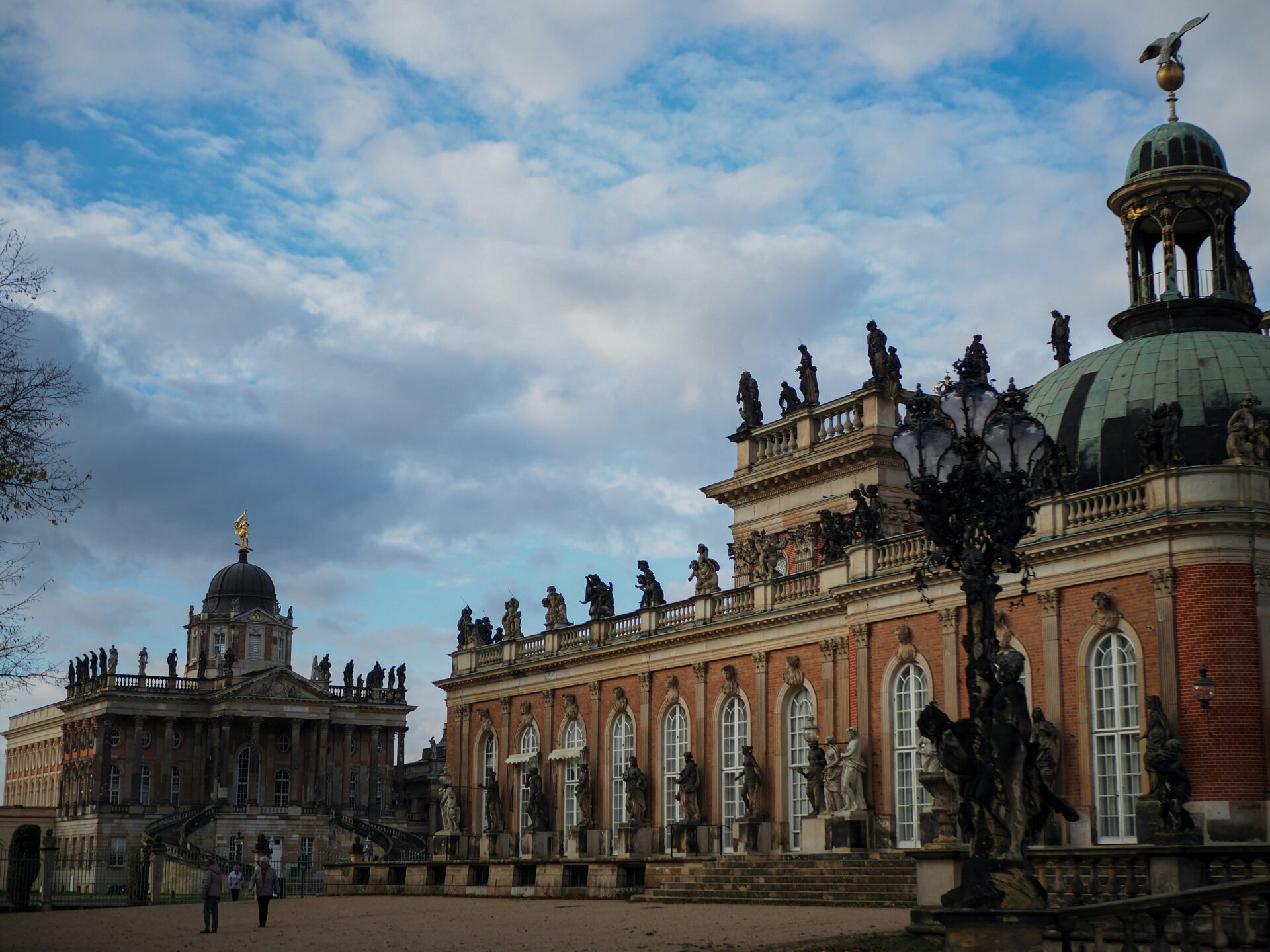
The Palaces’ Enduring Influence
The palaces in Potsdam—especially Sanssouci Palace and Neues Palais—still shape art and architecture in ways that reach far beyond Germany. Their unique styles don’t just stick to German designs; they ripple out, influencing European tastes too.
Every time I wander through the grounds, I’m struck by how each building seems to echo a different era and the quirks of the Prussian rulers. Sanssouci, for example, feels light and playful with its Rococo style. You can almost sense Frederick the Great’s personal flair in every detail.
Then there’s Neues Palais. It’s massive, formal, and honestly, a bit intimidating. The place screams ambition and power—definitely a statement from the Prussian kings. But these palaces aren’t just frozen in time.
They host concerts, art exhibitions, and public events all year round. Locals and visitors mingle here, and the palaces stay alive as part of Potsdam’s modern culture.
Because people keep using these spaces for cultural happenings, and thanks to their protected status, the palaces keep leaving a mark—not just on today’s crowds, but on future generations too. Walking through the gardens, I can’t help but feel how these royal buildings still shape the city’s vibe. Potsdam’s legacy is alive, woven right into world heritage.

